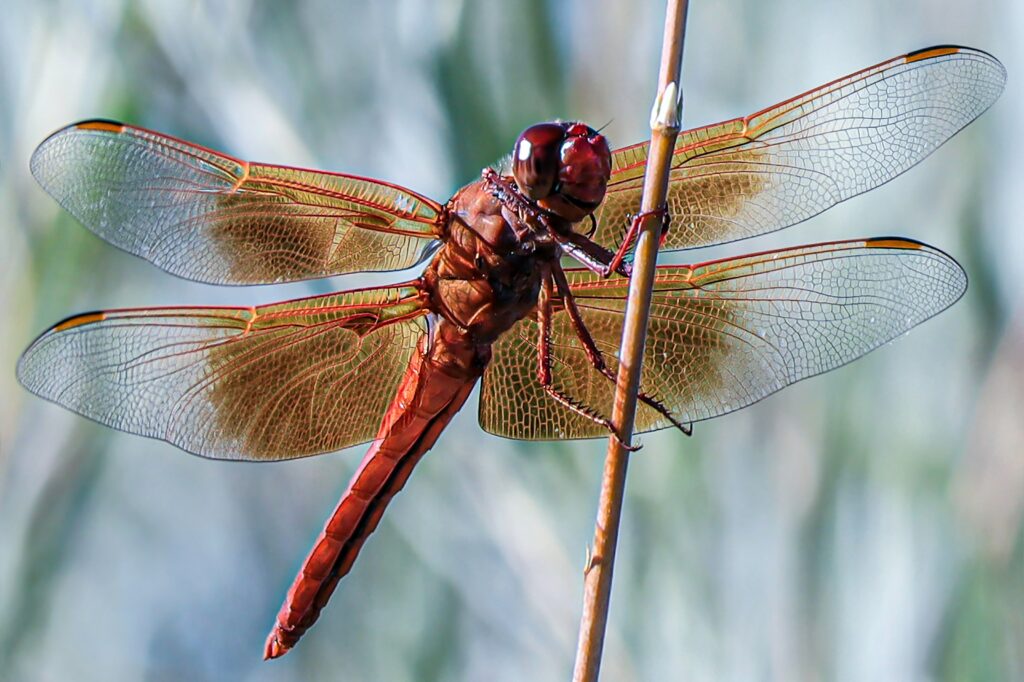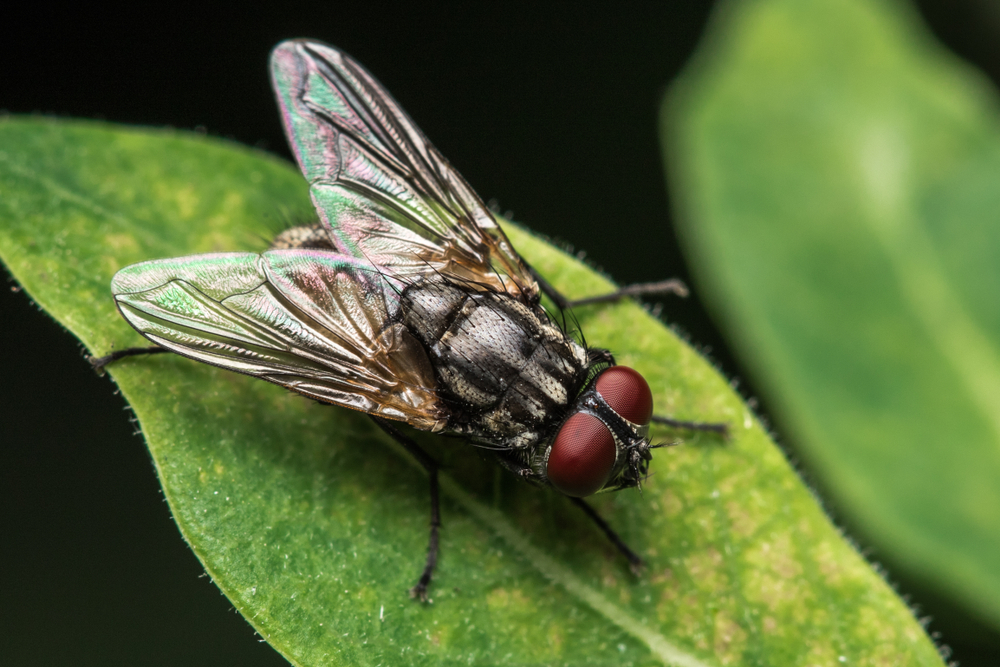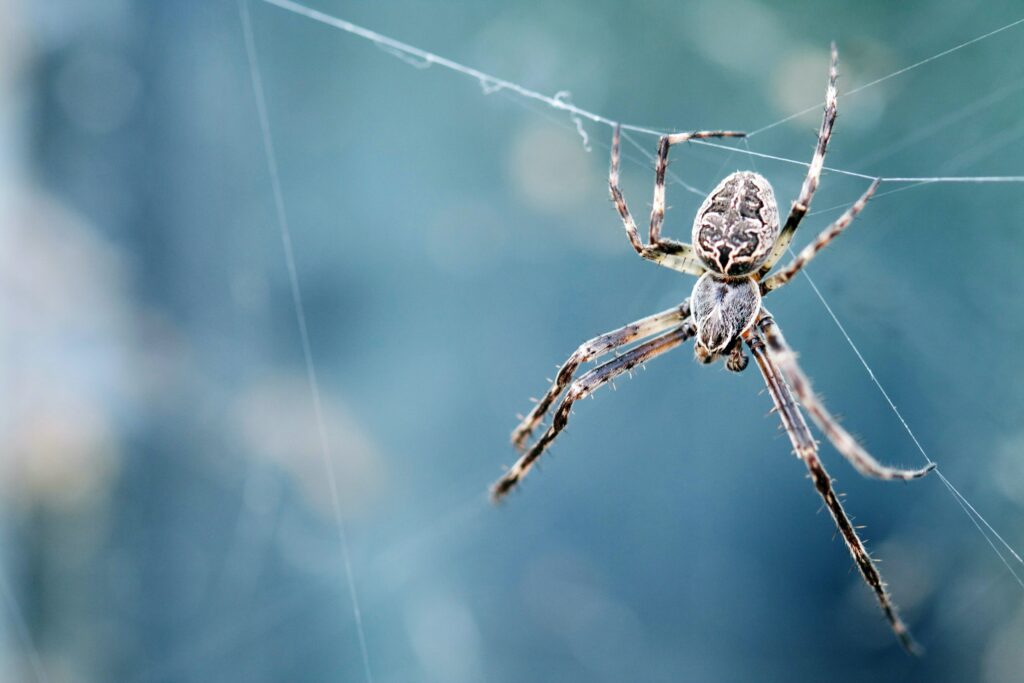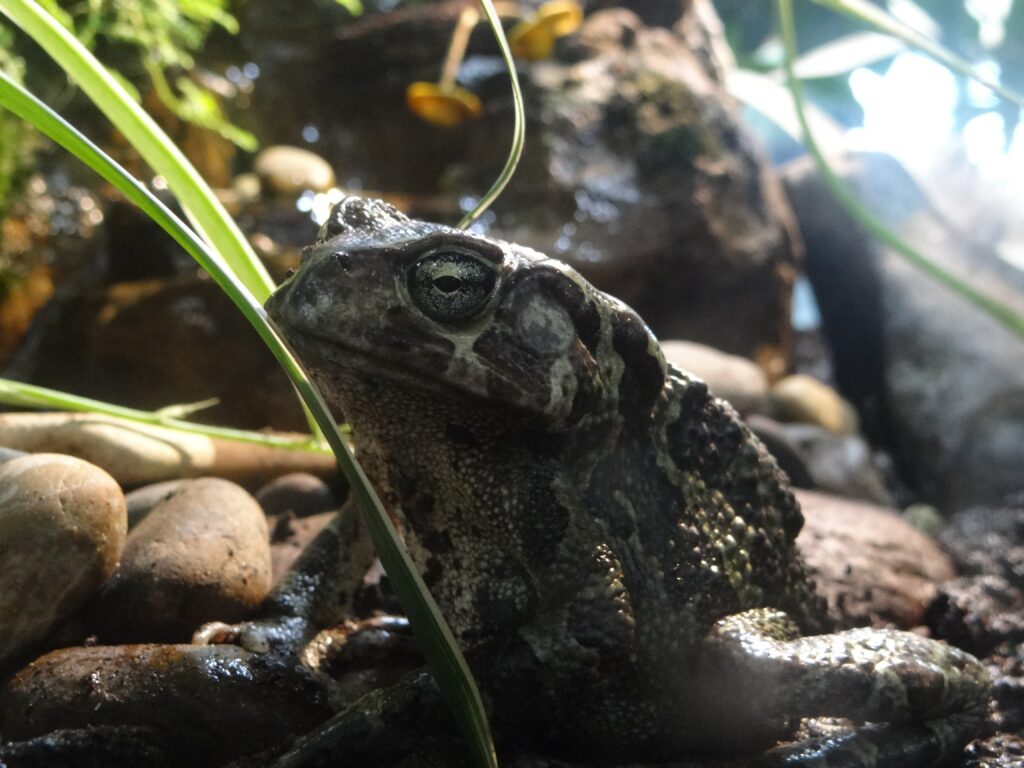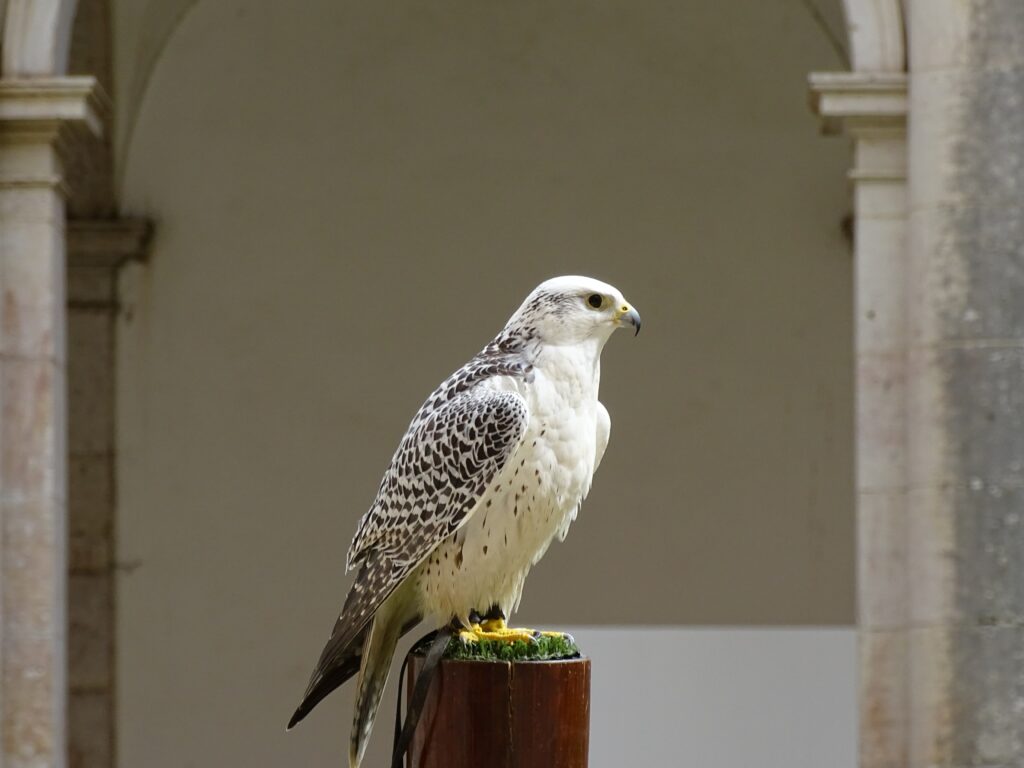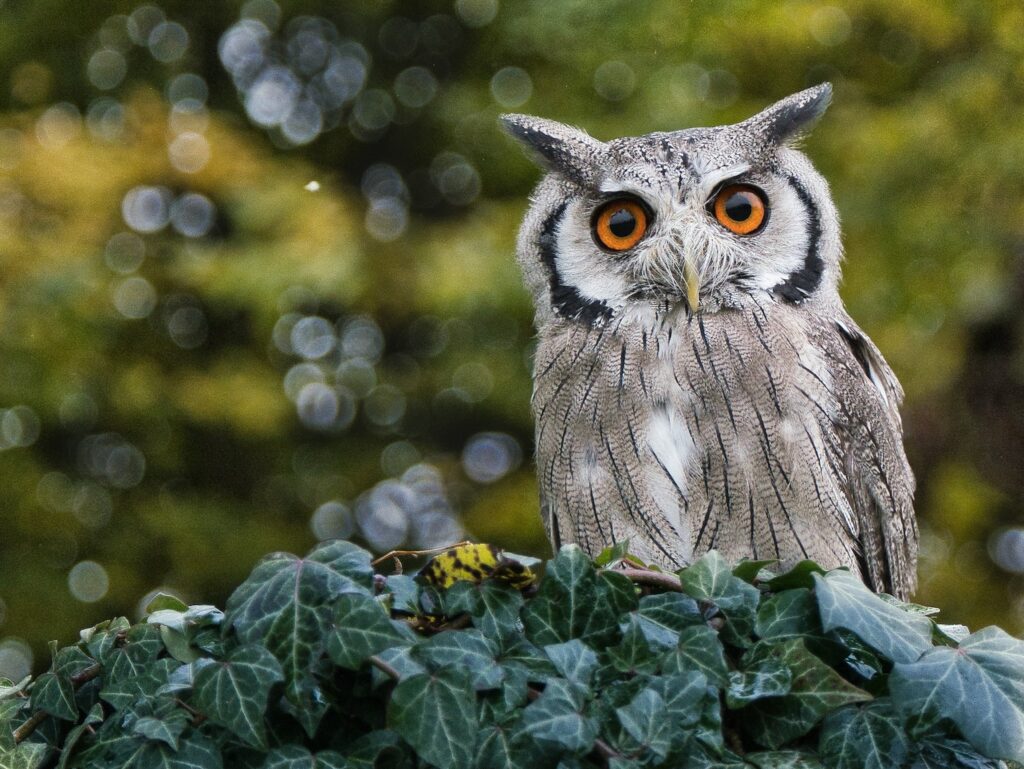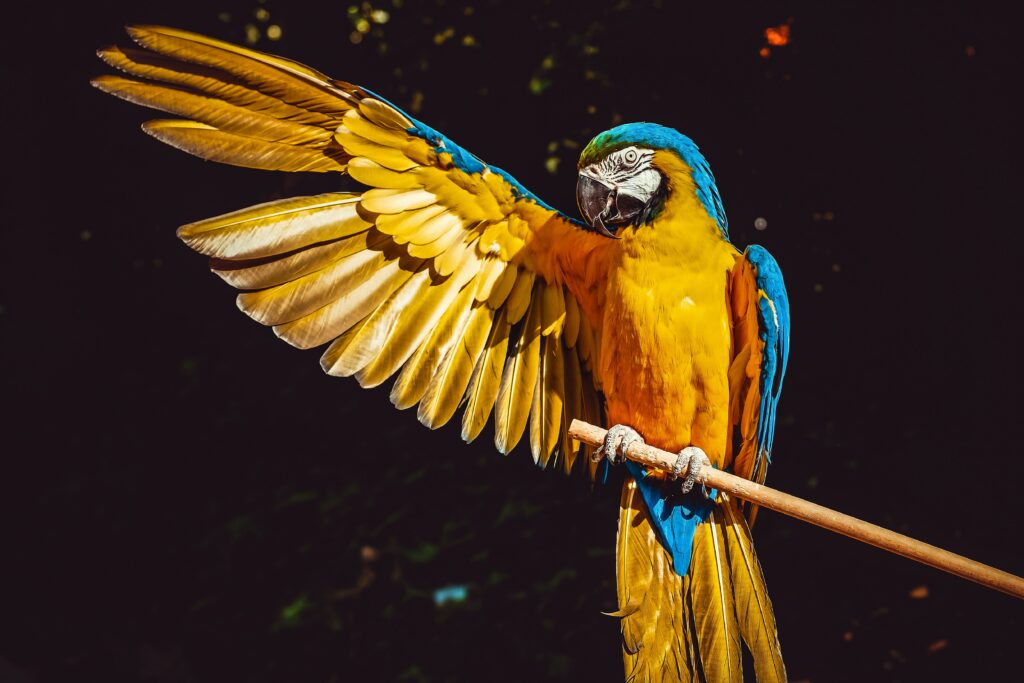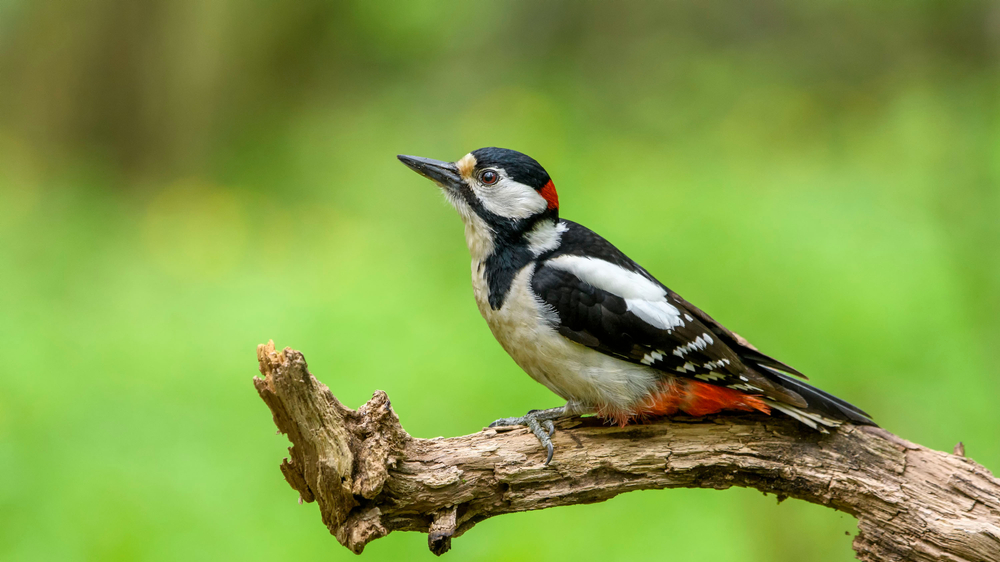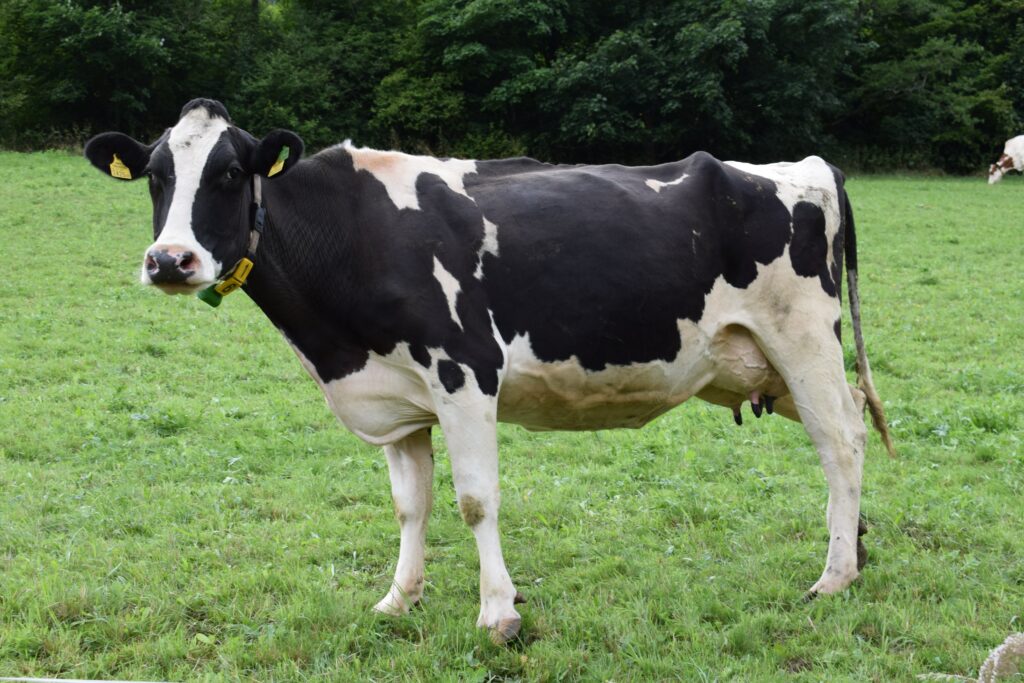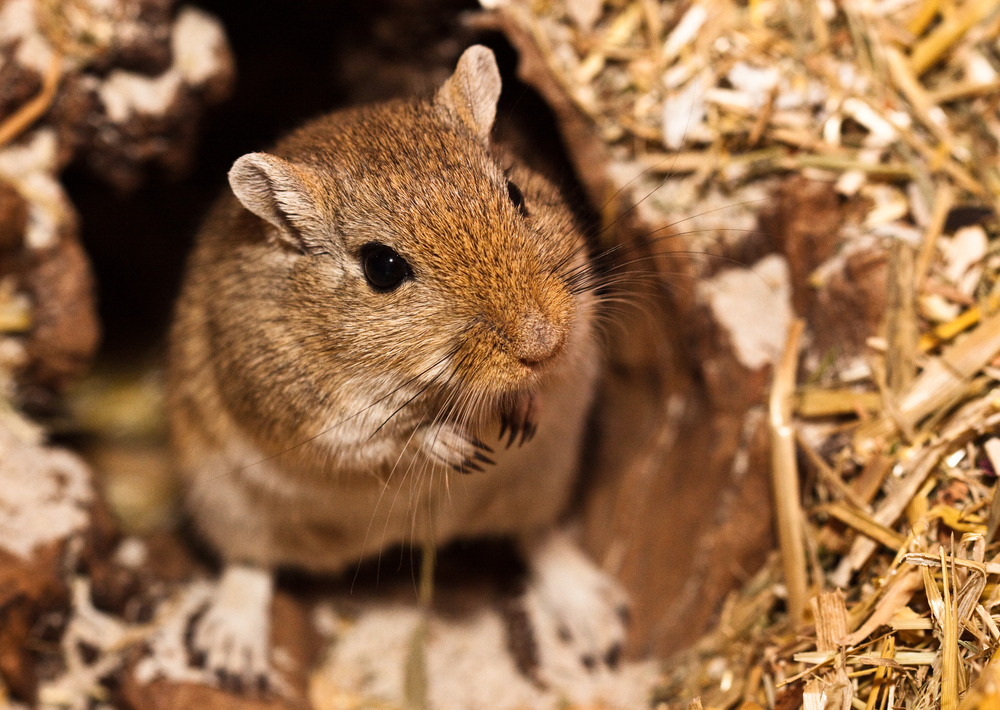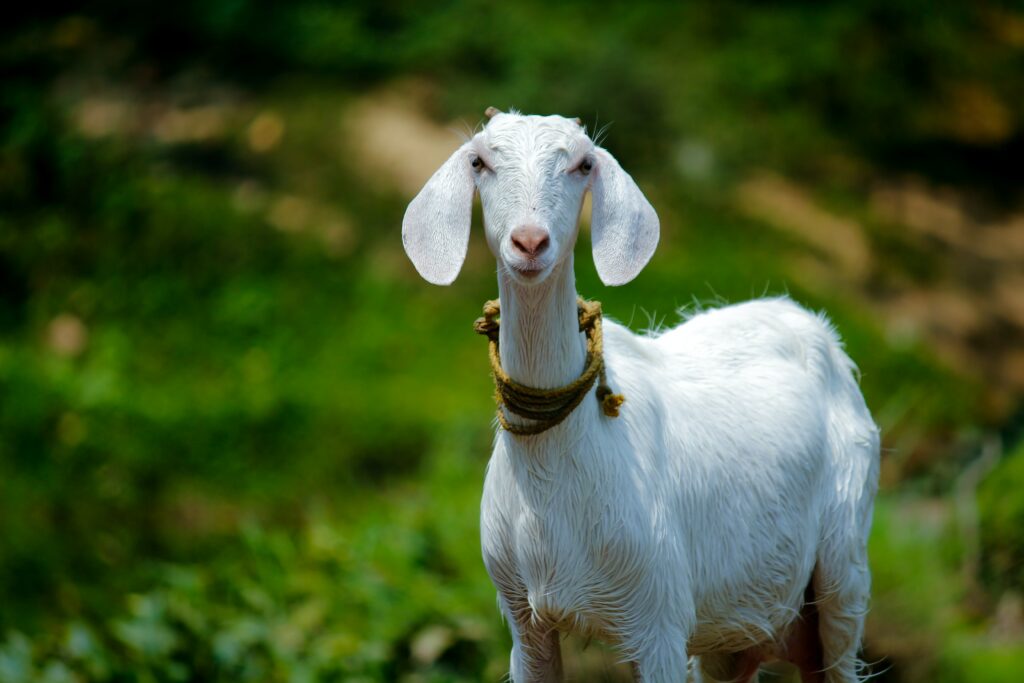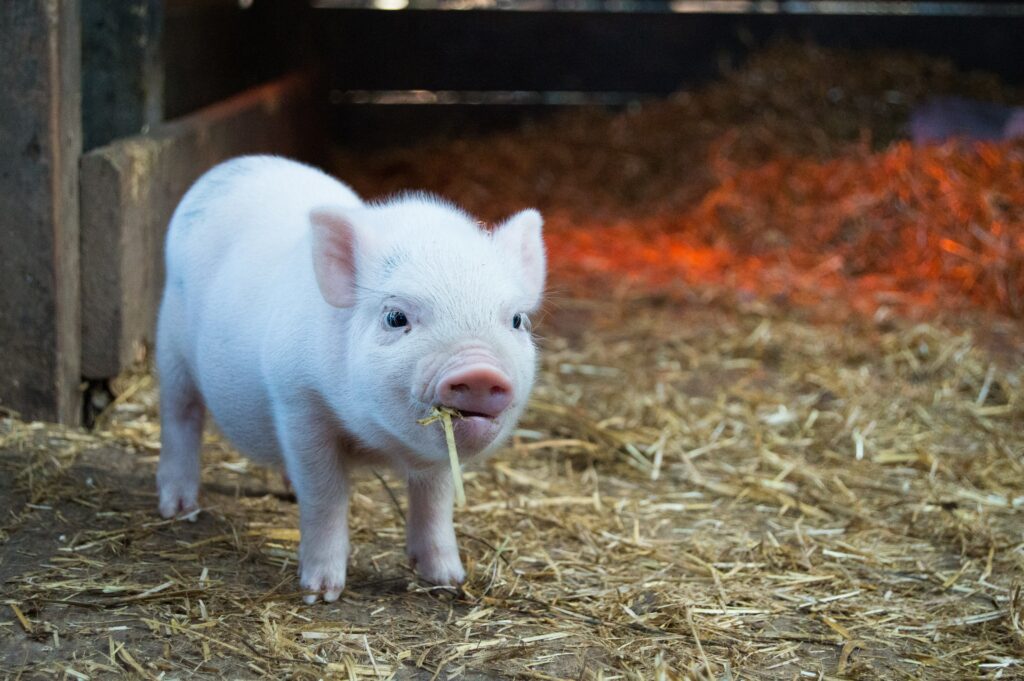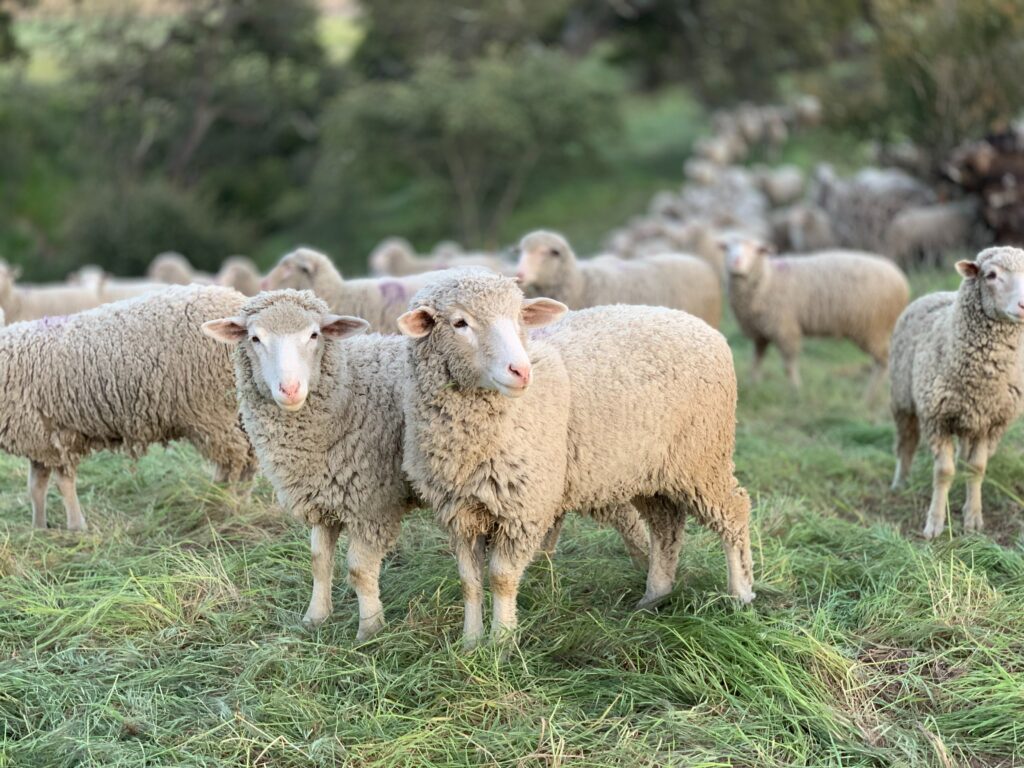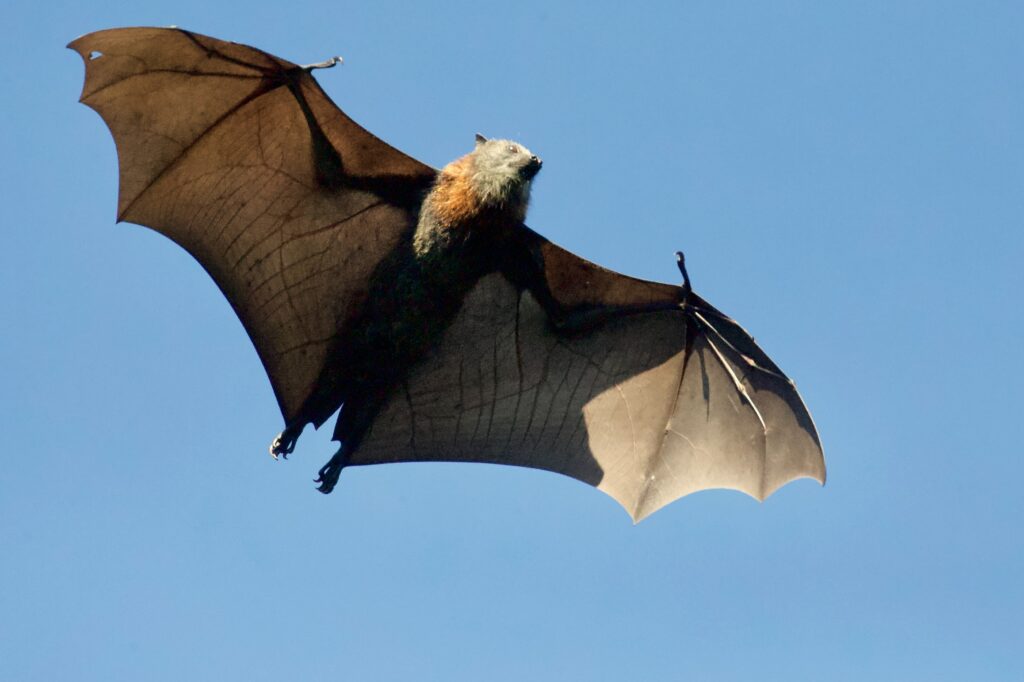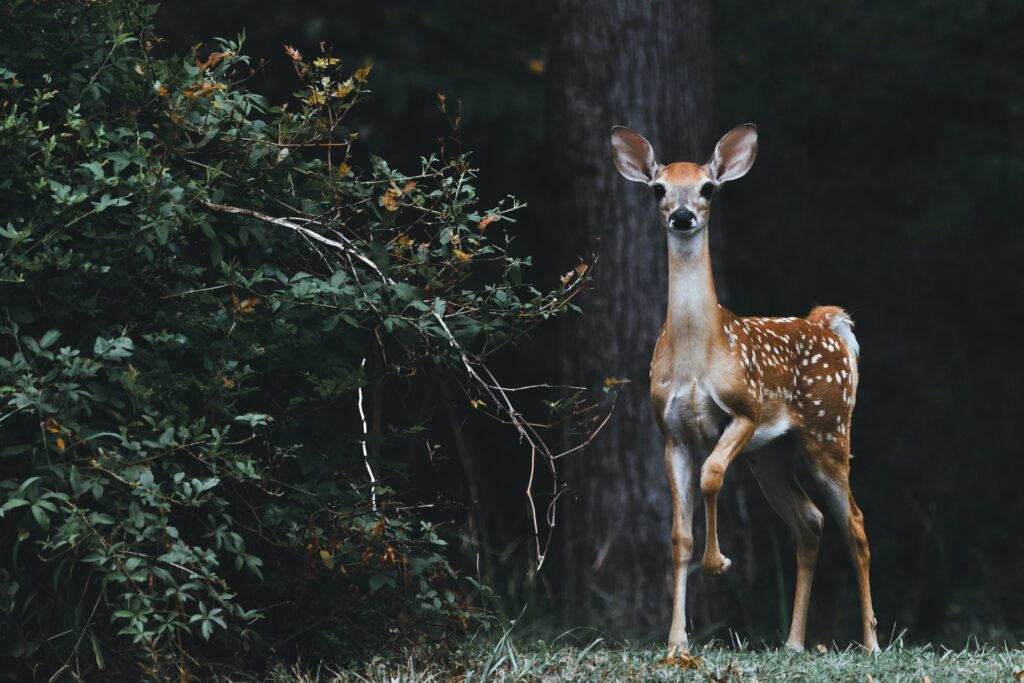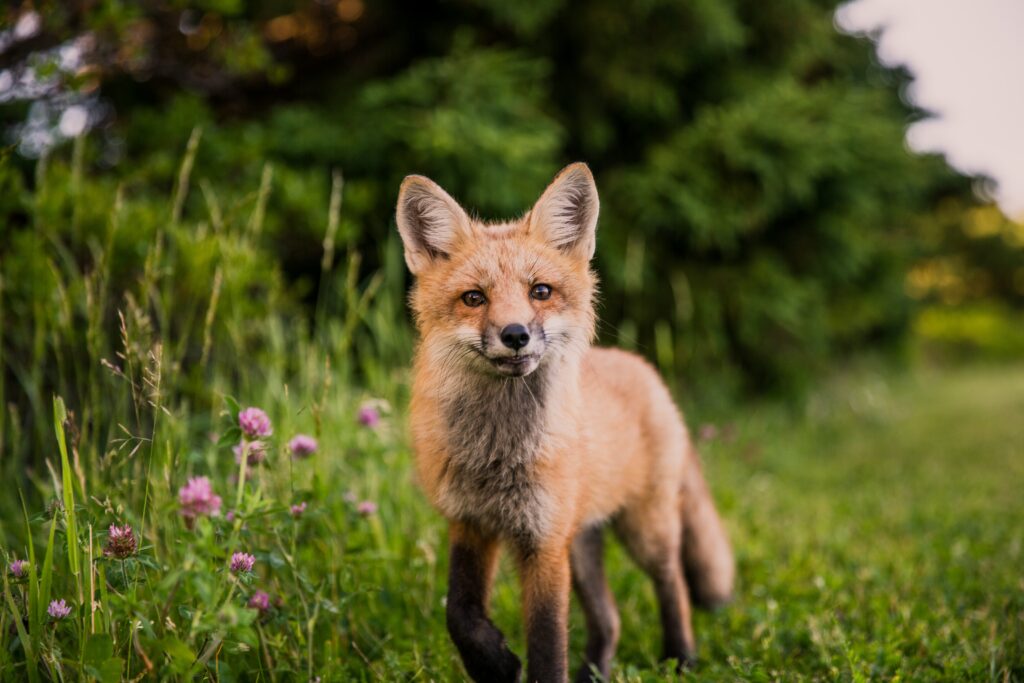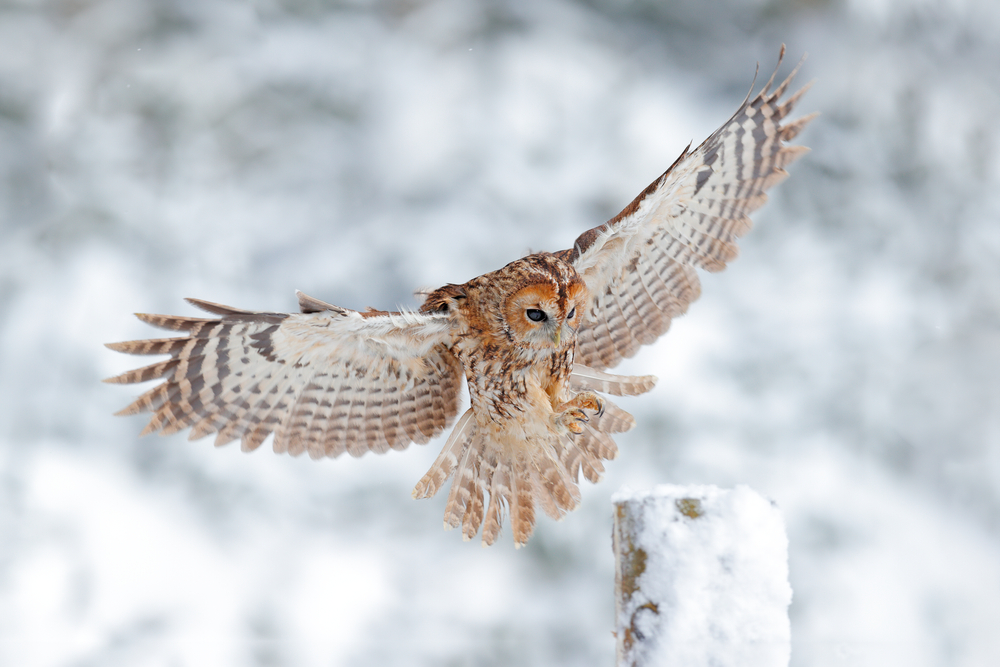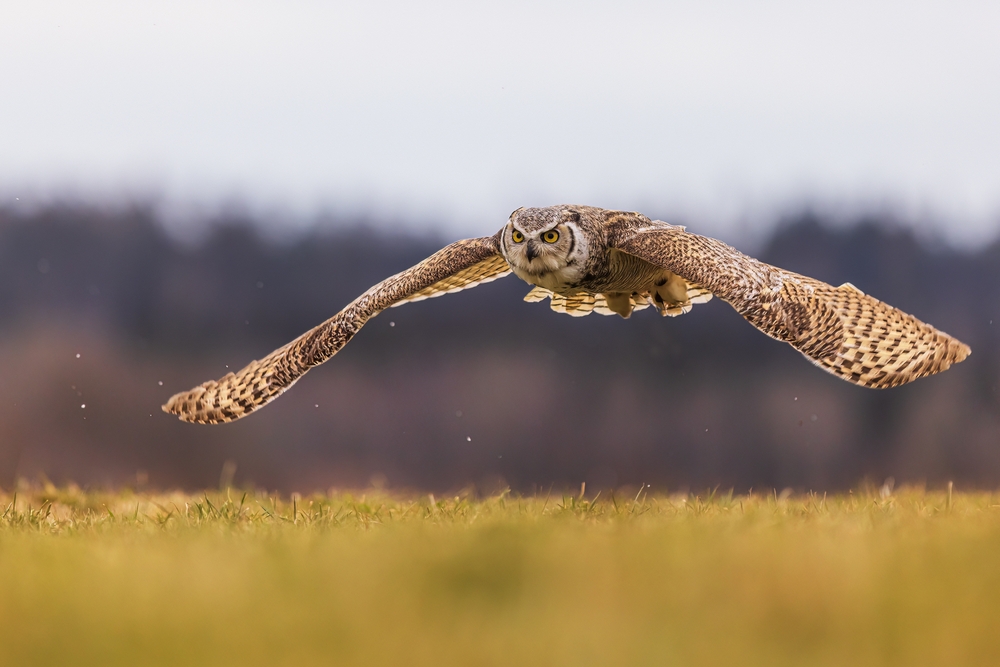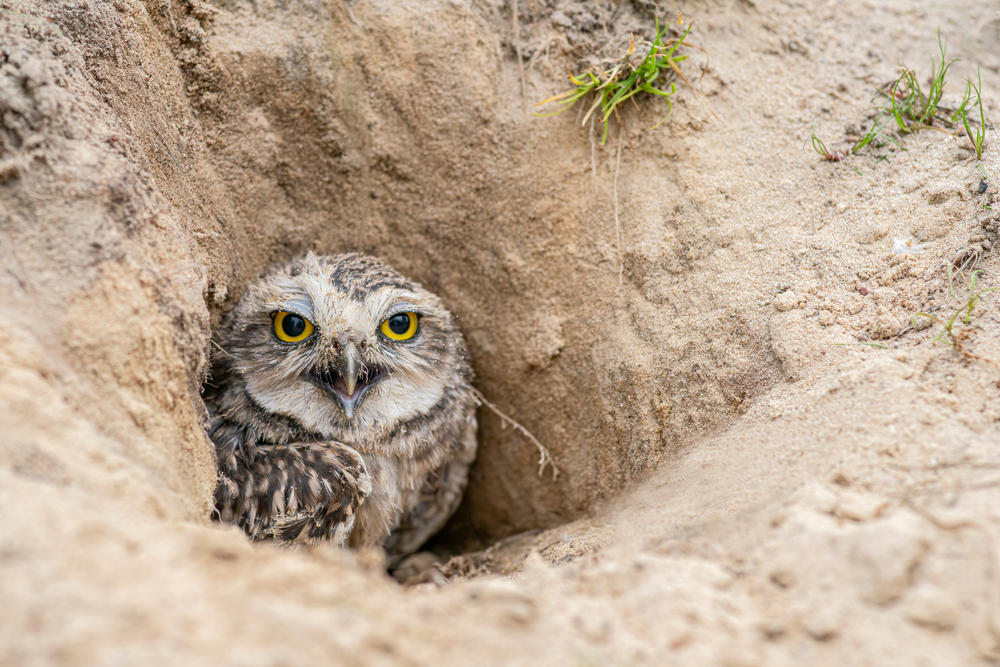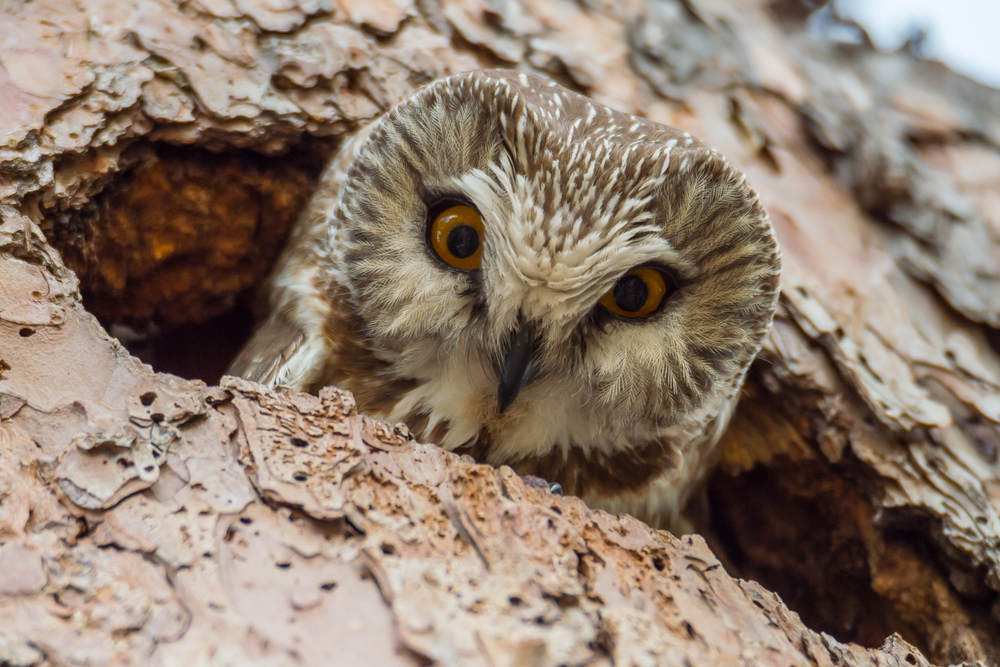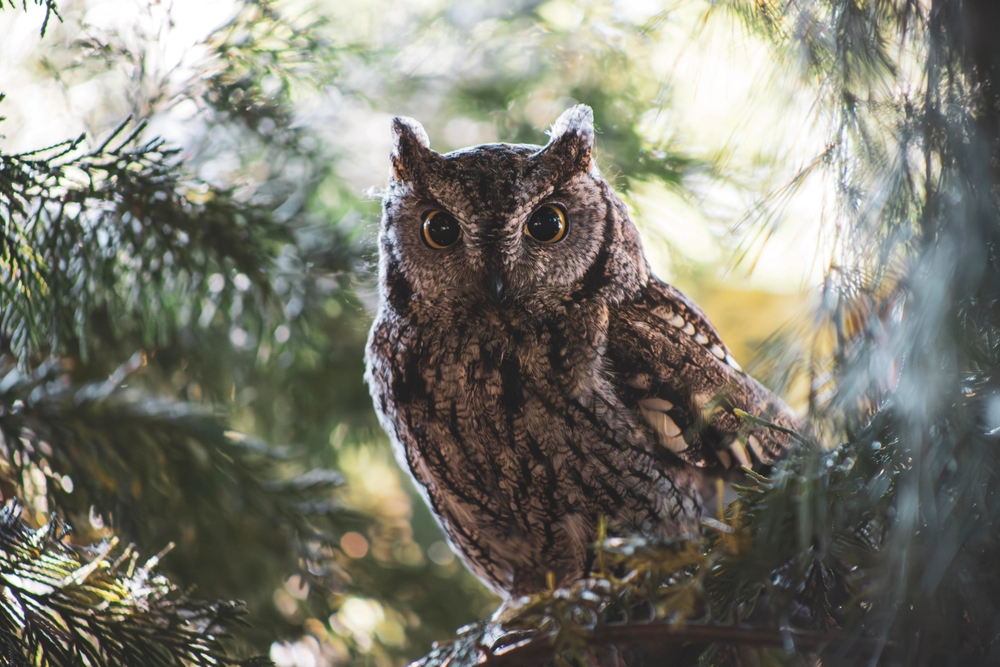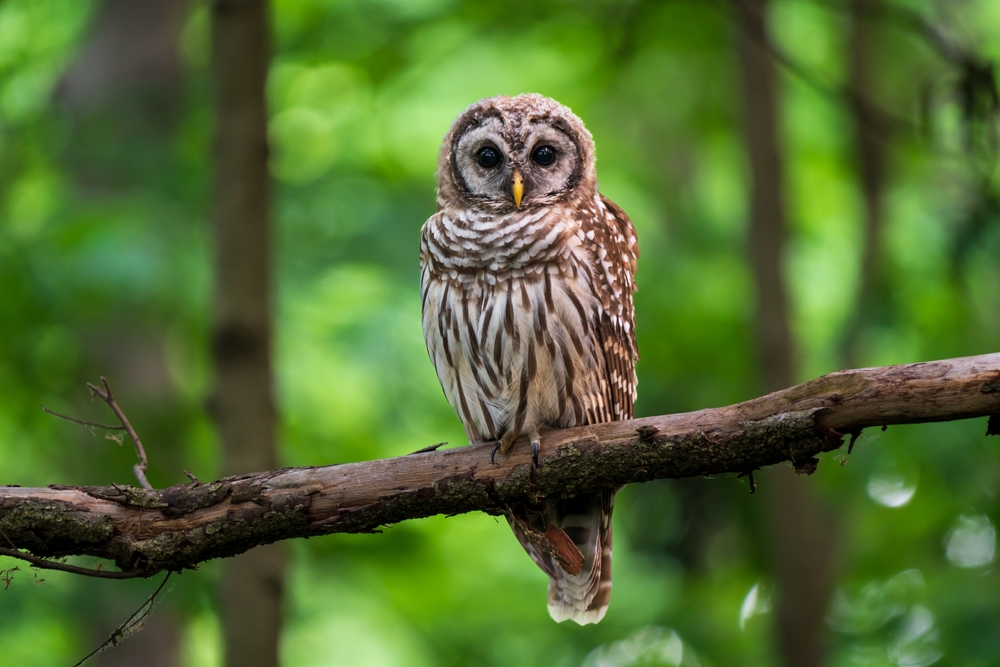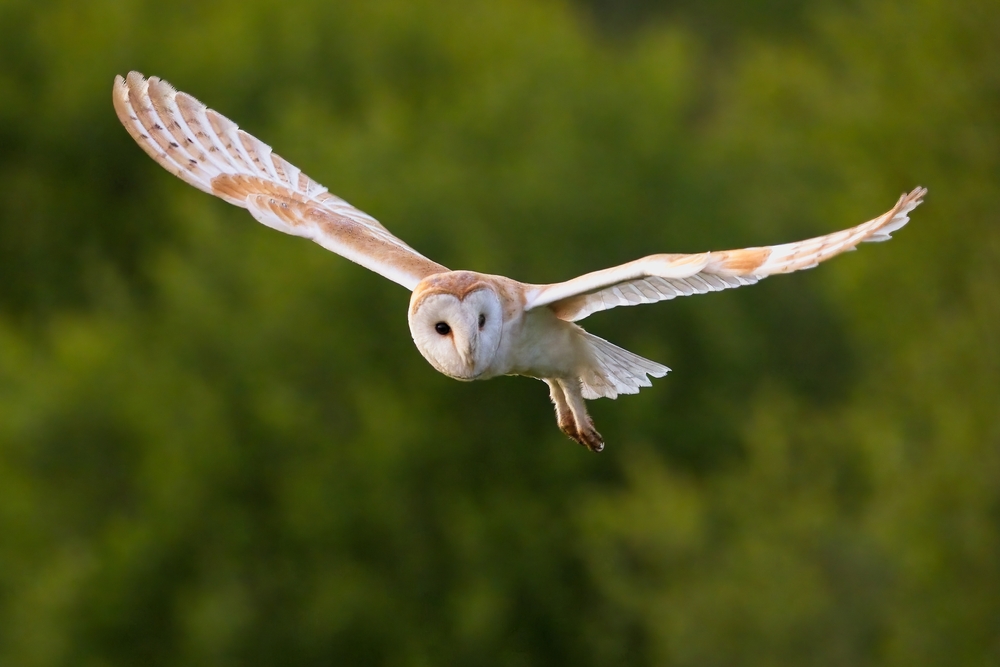The Tawny Owl (Strix aluco) stands out among owls for its classic hooting voice, strong territorial instincts, and deep connection to European woodland life. Here’s how it compares to other owl species across a range of key traits:
Size and Appearance
-
Tawny Owl: A medium-sized owl (14–17 inches long) with a stocky build, rounded head, and no ear tufts. Eyes are deep, dark brown or black—unusual among owls.
-
Other Owls: Great Horned and Long-eared Owls have ear tufts and yellow eyes; Barn Owls have a heart-shaped face; smaller owls like the Saw-whet or Screech Owl are much lighter and more compact.
✅ Unique Trait: Its dark, soulful eyes and rounded face give it a hauntingly expressive appearance rarely seen in other owls.
Vocalizations
-
Tawny Owl: Produces the classic “twit-twoo” duet—one of the most famous and iconic owl sounds.
-
Other Owls: Great Horned Owls emit deep hoots, Barn Owls produce raspy screeches, and Screech Owls trill or whinny.
✅ Most Iconic Voice: The Tawny Owl’s call is widely recognized in folklore and media—it’s the sound people imagine when they think “owl.”
Habitat Preference
-
Tawny Owl: A true forest specialist, favoring deciduous and mixed woodlands, but also adapts to city parks and gardens with large trees.
-
Other Owls: Barn Owls prefer open fields and farmlands; Snowy Owls nest in Arctic tundra; Burrowing Owls live in open plains and dig burrows.
✅ Unique Niche: Unlike many adaptable owls, the Tawny Owl is best suited to closed-canopy woodlands, thriving in quiet, tree-dense environments.
Activity and Behavior
-
Tawny Owl: Strictly nocturnal, roosts quietly during the day in tree hollows or dense cover.
-
Other Owls: Some (e.g., Burrowing Owls) are diurnal; others may be crepuscular or hunt under moonlight.
✅ Shared Trait: Typical nocturnal behavior, but the Tawny Owl is notably silent and still during daylight hours, often missed by even nearby humans.
Reproduction and Territory
-
Tawny Owl: Highly territorial and faithful to nesting sites, often staying in the same area for life.
-
Other Owls: Many are migratory or nomadic (e.g., Snowy Owls), while others may move around depending on prey availability.
✅ Territorial Loyalty: Tawny Owls exhibit one of the strongest site fidelities among owls, returning to the same tree cavity for years.
Diet and Hunting
-
Tawny Owl: Hunts primarily small mammals, especially voles and mice, but will also eat birds, amphibians, insects, and earthworms.
-
Other Owls: Some are more specialized (e.g., Barn Owls focus almost exclusively on rodents), while others (like Screech Owls) have more insect-heavy diets.
✅ Versatile Diet: Broad prey base helps Tawny Owls survive in a range of woodland and semi-urban environments.
Migration
-
Tawny Owl: Non-migratory, holding year-round territories.
-
Other Owls: Many are partial or full migrants (e.g., Northern Saw-whet, Short-eared, or Snowy Owls).
✅ Homebody Owl: Its resident lifestyle allows close year-round studies and long-term pair bonding.
Conclusion:
The Tawny Owl is a quintessential forest owl—vocal, territorial, and cryptic, with a voice that defines the nocturnal soundscape of Europe.
Unlike owls that roam with the seasons or live in open plains, the Tawny Owl thrives in the quiet permanence of old trees and familiar woods, making it one of the most iconic and studied owl species in its range.




